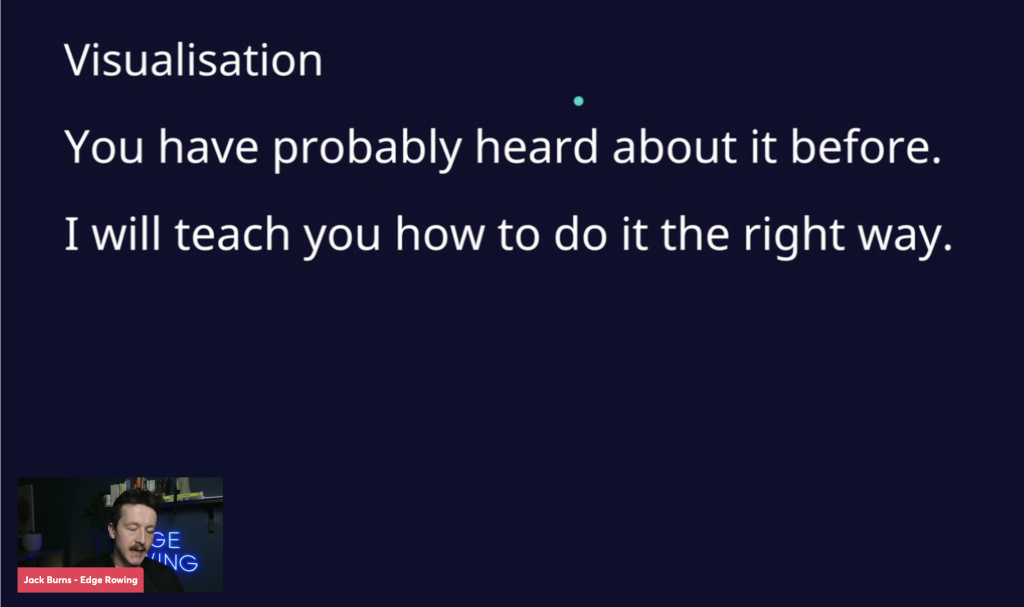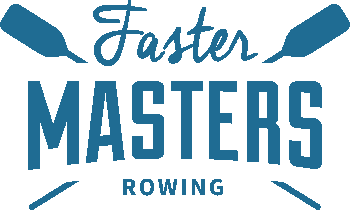In competitive rowing, where the margin between victory and defeat is often razor-thin, athletes relentlessly can gain an edge by training their mind. Most rowing coaches emphasise physical conditioning and technical finesse, neglecting the significance of mental preparation. One potent tool at rowers’ disposal is visualisation—a practice that involves mentally rehearsing race scenarios and techniques to enhance performance.
To harness the full potential of visualization, rowers can follow a systematic approach.
Step one – set yourself up for success
Begin by finding a serene environment conducive to relaxation. Sit or lie down comfortably, ensuring minimal distractions. Close your eyes and focus on your breathing, allowing yourself to enter a state of deep relaxation.
With a calm mind, vividly visualise yourself in the setting of a rowing race. Picture the boat beneath you, the rhythmic sound of oars slicing through water, and the camaraderie of your teammates. Engage all your senses to create a lifelike experience—feel the surge and sway of the boat, hear the commands of the coxswain, and smell the scent of the water.
Rowing Mindset webinar
Learn how to do a guided visualisation from expert coach, Jack Burns in this paid webinar. Jack is an expert in using your mind to support your physical training.

Step 2 visualise the race
Now, proceed to mentally rehearse each phase of the race, starting from the pre-race preparations as you rig your boat on the land and collect your race number. Visualise your body warming up as you approach the starting line marshalling area. Imagine the surge of adrenaline coursing through your veins as you back into the starting gates. Control your breath to calm yourself as you come forward ready to do your start. As the race commences visualise yourself executing the perfect stroke from the catch to the release when you settle onto the mid-race rate.
Pay meticulous attention to detail as you visualise your technique. Envision your body position, the angle of the oar blade, and the power generated with each stroke. Visualise the boat surging powerfully through the water, propelled by the synchronised efforts of your crew and add in the pushes and technical focus points which best help you.
As the race progresses, encounter and overcome potential obstacles in your mind. Visualise adverse conditions such as wind gusts or competing crews edging ahead, and envision yourself responding with resilience and determination. Maintain focus on your goals, visualising success with unwavering clarity.
Throughout this process, affirm positive thoughts and emotions. Visualise yourself crossing the finish line triumphantly, basking in the glory of victory. Embrace the sense of accomplishment and fulfilment that your peak performance deserves.
Practice a lot
Consistency is key in mastering visualisation techniques. Incorporate visualisation into your training regularly, dedicating time to mental rehearsal. Over time, you will refine your ability to visualise with greater clarity and precision, enhancing its effectiveness as a performance-enhancing tool.
Coaches and coxswains play an instrumental role in guiding athletes through visualisation exercises. Provide structured guidance and feedback to athletes, helping them refine their visualisation skills and integrate them seamlessly into their training routine.


